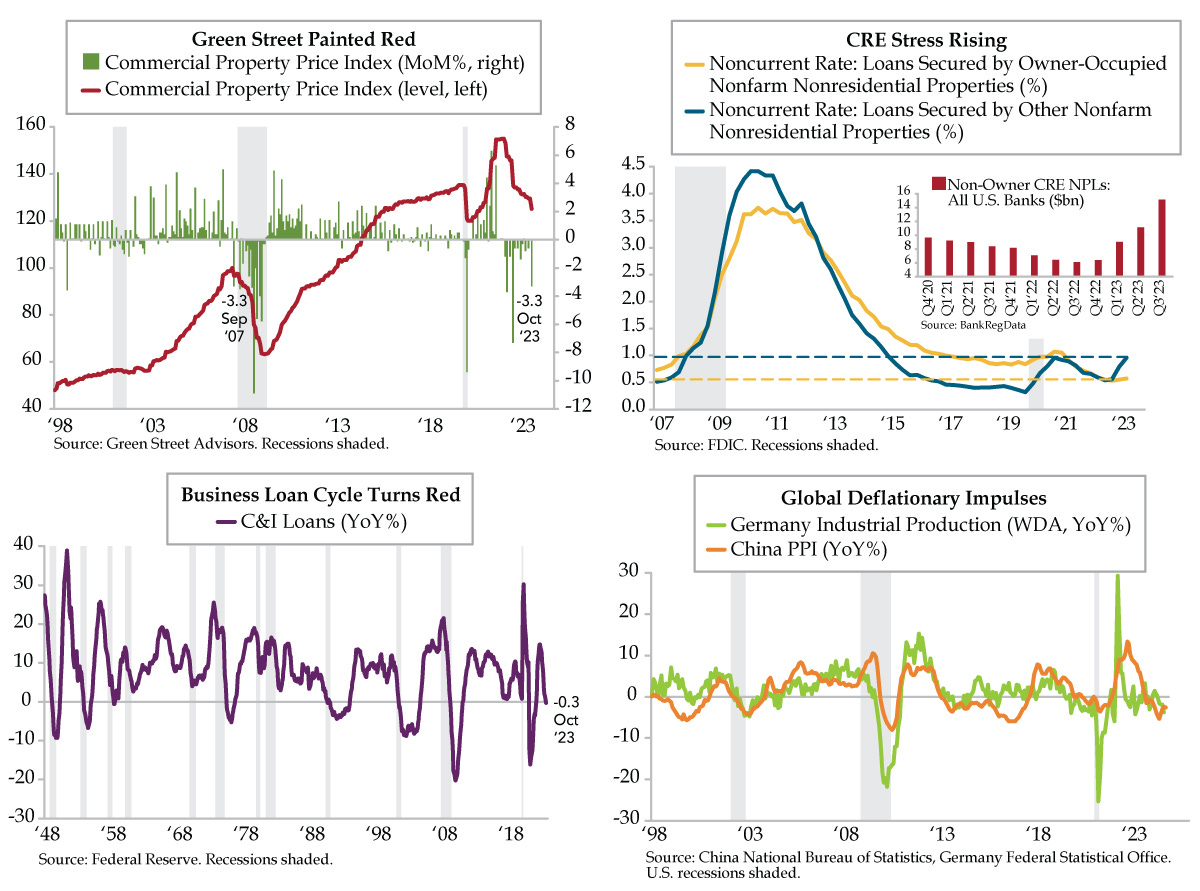Solid and dotted-white or yellow lines on highways and byways are ubiquitous. In recent years, cities introduced a shock of color to better manage traffic. Colorful red, white, and blue interstate symbols have been embossed on pavement in close proximity to major interchanges. Route shields augment elevated signs and keep drivers on point, reducing bottlenecks from heavy merging traffic. The Federal Highway Administration endorsed purple as the color for toll lanes. In the Northeast, E-ZPass is everywhere. The Wisconsin Department of Transportation even experimented with orange-striping construction zones, a common practice in Canada, Switzerland, Germany, and New Zealand. Bike lanes have been adorned with green pavement markings to define the space and keep them safe. And bus lanes are delineated with red painted lines in Baltimore, New York City, San Francisco, and Seattle. This way, bikers who stay in their (green) lanes avoid being plastered in red onto the asphalt as a result of being run over by a bus staying in its (red) lane.
The green/red metaphor is not lost when judging the recent path of Commercial Real Estate (CRE) pricing trends. Green Street is the go-to source; the research firm’s Commercial Property Price Index (CPPI) is the benchmark for CRE investors. In October, the CPPI turned Green Street red.




